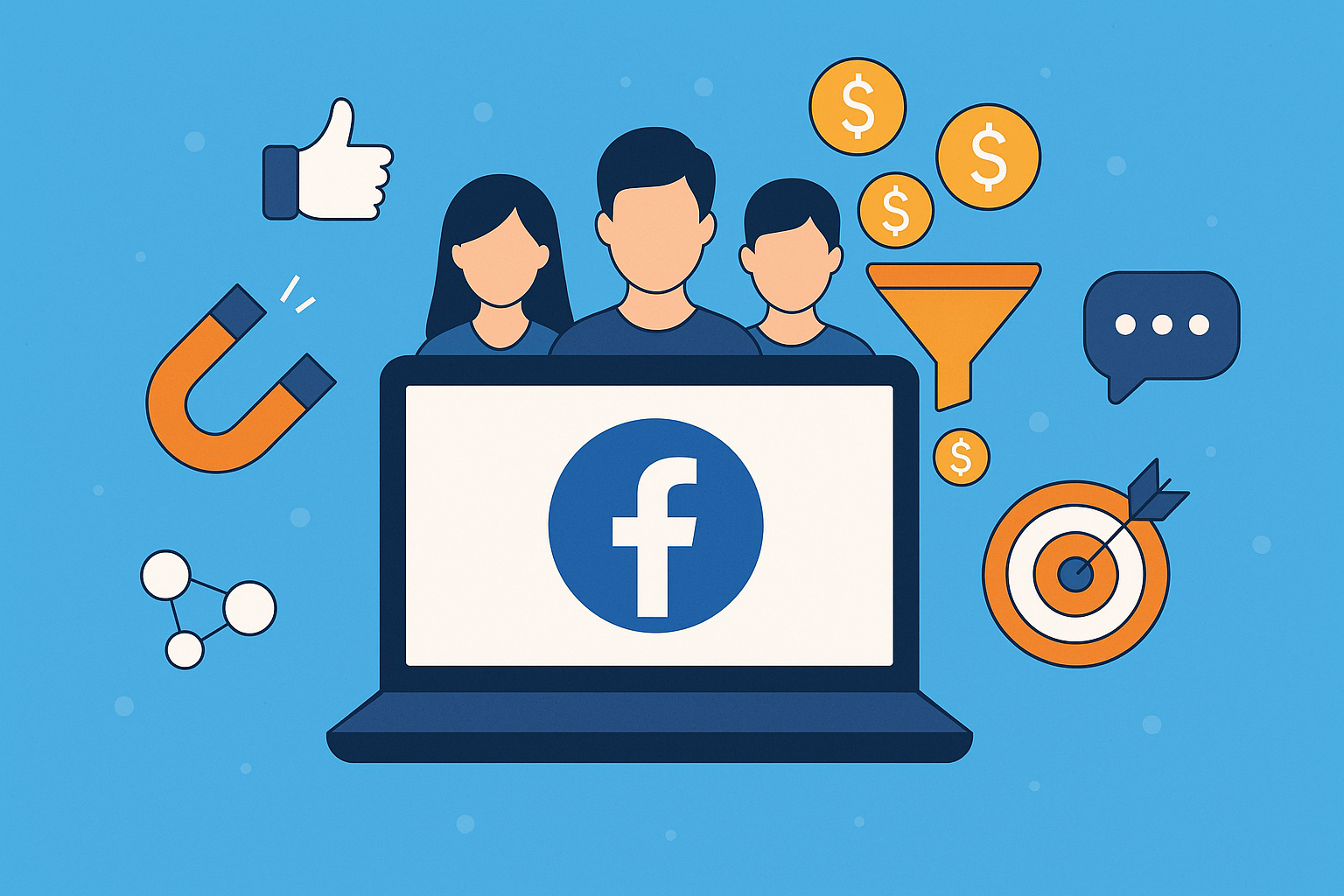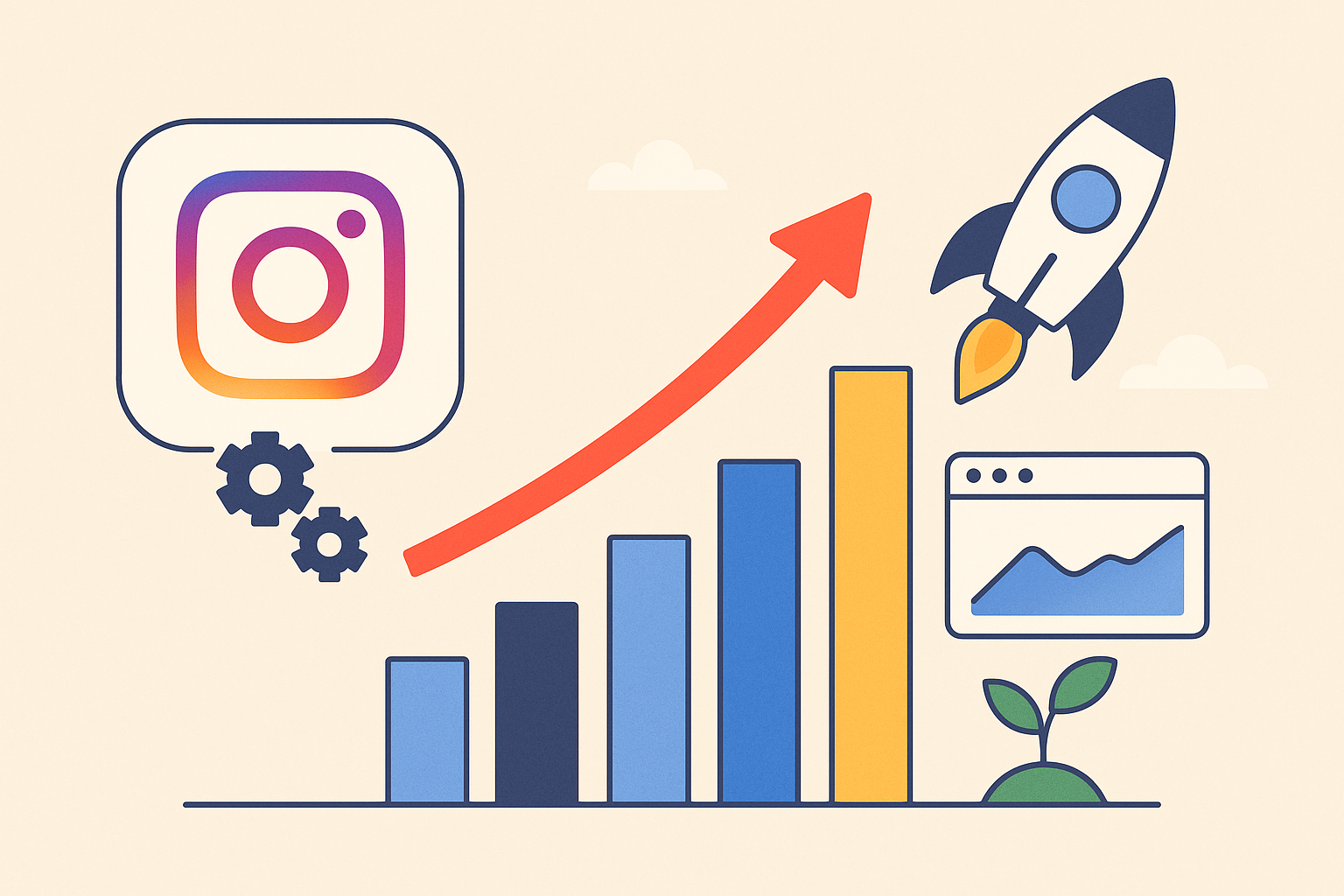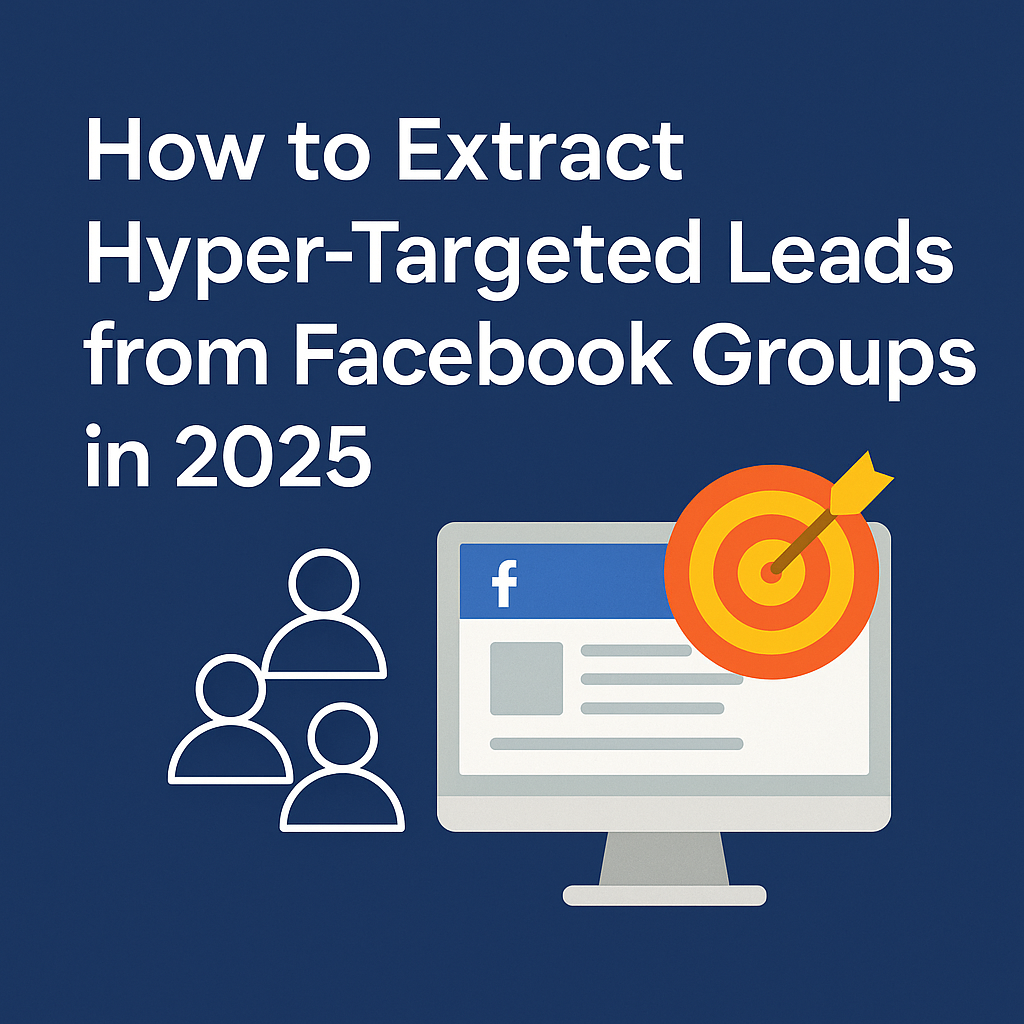
If you’ve spent any time in Facebook groups, you already know how active they are. Whether it’s communities for entrepreneurs, fitness enthusiasts, or niche hobbies, these groups are buzzing with conversations every single day.
For startups and small businesses, they’re more than just a place to network—they’re a goldmine of potential leads. The challenge? Finding a way to connect with members in a way that feels natural and doesn’t eat up all your time.
That’s where a single hack—sending smart friend requests to group members and pairing them with consistent follow-ups—can transform your outreach. Done right, this tactic can turn casual group members into warm leads and eventually, paying customers.
Why Groups Are So Valuable
Before we get into the hack, let’s talk about why groups matter.
Unlike the newsfeed, where posts compete with ads, memes, and family updates, groups are focused. People join because they care about a specific topic. They ask questions, share tips, and engage with others who share their interests.
That means group members are already qualified. If you’re in the right groups, you don’t need to convince them why your niche matters—they’re already on board. You just need to build a relationship.
The Friend Request Hack
Here’s where things get interesting. Instead of trying to pitch directly inside groups (which often gets flagged as spam), you connect with members individually.
Using tools that allow Facebook auto send friend requests to members of a group, you can grow your network with people who already care about your space.
For example:
A fitness coach could send requests to members of weight-loss or nutrition groups.
A SaaS founder might connect with entrepreneurs in startup or marketing groups.
A career coach could add members of professional development communities.
These aren’t random connections—they’re warm prospects who are much more likely to accept your request and engage with your content.
Turning Connections Into Conversations
Adding friends is just the first step. What really matters is what happens after they accept.
This is where Facebook DM automation comes into play. Instead of manually keeping track of new connections, automation helps you reach out consistently with thoughtful, well-timed messages.
A simple Auto-Send Facebook Message sequence could look like this:
Day 1: “Hey [Name], great to connect! I saw we’re both in [Group Name]—what’s been the most useful thing you’ve picked up there?”
Day 3: Share a quick tip or resource relevant to the group topic.
Day 5: A gentle nudge to continue the conversation or invite them to explore something deeper, like a guide, newsletter, or product demo.
The key is subtlety. You’re not pitching right away—you’re starting a conversation, showing value, and letting the relationship develop naturally.
Why This Works Better Than Cold Outreach
Cold emails and ads still have their place, but they come with drawbacks:
Emails often get ignored or filtered.
Ads cost money, and costs are rising every year.
Both can feel impersonal.
In contrast, group-based outreach feels more authentic. You’re connecting over a shared community, which immediately makes the conversation warmer. When you message someone who knows you’re in the same group, it doesn’t feel like a random pitch—it feels like networking.
Strategies to Make It Work
If you’re planning to try this, keep these Facebook DM marketing strategies in mind:
Choose groups wisely – Look for communities with real engagement, not just thousands of inactive members.
Personalize lightly – Mention the group you share or a recent discussion. It shows you’re paying attention.
Give before you ask – Share insights, tools, or resources before talking about your own product or service.
Stay consistent – Outreach isn’t about one-off messages. It’s about steady, ongoing conversations.
Mix public with private – Engage in the group while also DMing members. This builds credibility.
Final Thoughts
The beauty of this hack is its simplicity. By sending targeted friend requests to Facebook group members and following up with consistent, authentic DMs, you’re turning communities into a pipeline of leads.
It’s not flashy, and most people won’t even notice you’re doing it—but it works. And for startups or small businesses in 2025, that kind of quiet, scalable growth is exactly what makes the difference.
If your current outreach feels stuck, this might just be the smartest shift you can make.



Write a comment ...